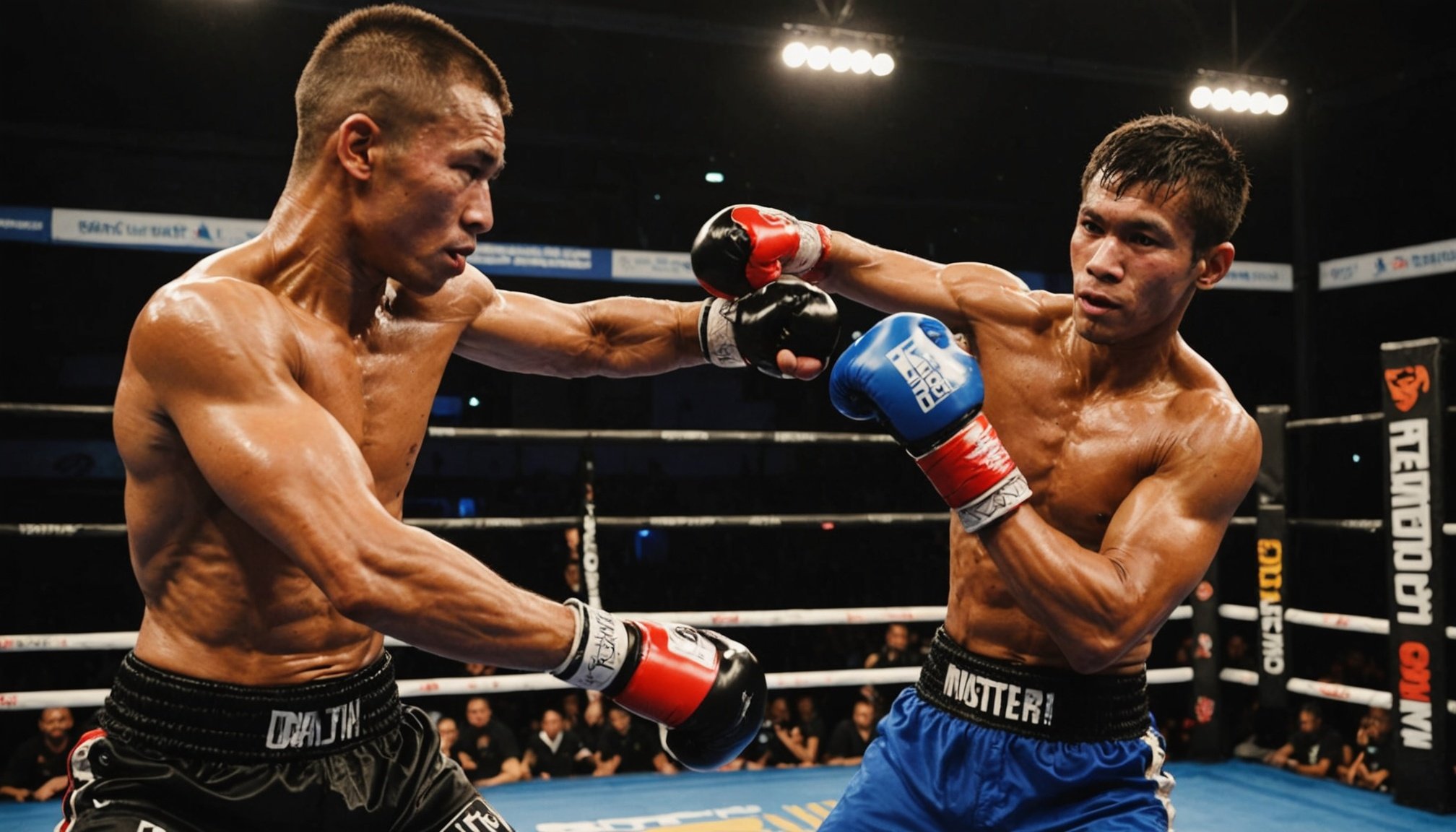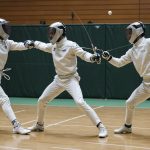Importance of Clinch Work in Muay Thai
Clinch techniques are central to Muay Thai training, playing a crucial role in a fighter’s arsenal. The clinch is a strategic component of Muay Thai, allowing fighters to control opponents, land effective strikes, and defend against attacks. By mastering clinch work, practitioners can significantly enhance their combat sports effectiveness.
Understanding the nuances of clinch techniques is essential in Muay Thai training. Unlike other martial arts, where striking distance is the focus, Muay Thai emphasises close combat. This approach enhances a fighter’s ability to control the opponent’s movement. Using clinch techniques effectively requires precise positioning, balance, and the ability to anticipate an opponent’s maneuvers.
Also to see : Revolutionize UK Boxing: Harness Advanced Tech for Superior Punch Accuracy
The benefits of clinch mastery extend beyond immediate combat scenarios. It aids in improving overall body strength, balance, and coordination. These attributes contribute to a fighter’s agility and resilience in varied combat situations.
When comparing clinch techniques across martial arts, Muay Thai stands out for its intensity and effectiveness. While sports like Judo or Brazilian Jiu-Jitsu use grips for grappling and submission, Muay Thai clinicians utilise these grips to deliver powerful knee strikes and elbows, integrating offensive moves seamlessly. This distinction highlights the unique nature of the clinch in Muay Thai’s combat sports discipline.
Also to read : Unlock your potential: essential breathing strategies to enhance performance for uk karate athletes
Essential Drills to Enhance Clinch Mastery
In Muay Thai training, improving clinch work is essential for any practitioner aiming to excel in combat sports. Incorporating specific clinch drills into your routine can greatly enhance skill development. Each drill focuses on different aspects, ensuring comprehensive mastery.
Drill 1: Basic Clinch Positioning
Establishing a solid clinch position forms the foundation of effective clinch techniques. Key elements include maintaining balance, a strong grip, and using body positioning to control the opponent. Common mistakes to avoid are overly relaxed holds and poor foot positioning, which can compromise stability. Progression involves transitioning from basic holds into offensive maneuvers such as knee strikes and throws.
Drill 2: Knee Strikes from the Clinch
Executing powerful knee strikes from the clinch is a critical skill for Muay Thai practitioners. Variations in technique, such as adjusting hip rotation and targeting specific areas, increase power and accuracy. Integrating these strikes seamlessly into clinch work enhances overall effectiveness by keeping the opponent on the defensive.
Drill 3: Escaping and Countering in the Clinch
Effective clinch work isn’t just about offense; knowing how to escape and counter is equally vital. Practitioners must learn different escape techniques to regain control and develop strategies for countering attacks. Timing and distance management play crucial roles in successfully executing these defensive maneuvers.
Incorporating Clinch Drills into Training Routines
To elevate a fighter’s skill set, incorporating clinch drills into a training regimen is indispensable. A structured approach to clinch techniques not only enhances a practitioner’s abilities but also boosts overall performance enhancement. Here’s how to seamlessly integrate these drills into your routine.
Frequency and Duration: Aim for consistent practice without overtraining. For optimal results, clenching drills should be performed 3-4 times a week, with each session lasting about 30-45 minutes. This balance ensures Muay Thai practitioners retain technique while building endurance.
Integration with Sparring and Conditioning
Coupling clinch drills with sparring sessions promotes real-world application, allowing fighters to test and refine their skills under pressure. Interlace these drills with conditioning exercises to build stamina and resilience, fortifying your Muay Thai training regimen.
Tracking Progress and Setting Goals: Regular assessment is key to meaningful advancement. Set realistic benchmarks to track improvements in technique and strength, facilitating continuous growth. Self-evaluation helps identify areas needing focus, encouraging well-rounded development.
Embracing such a structured and goal-oriented approach to your training regimen cultivates an environment of sustained improvement, ultimately leading to a more formidable fighter.
Adapting Drills for UK Training Environments
Adapting your Muay Thai training to suit the unique climate of UK gym environments is vital for effective clinch drills execution. The diversity of gym facilities and resources across the United Kingdom necessitates careful consideration to maximise training efficacy.
When engaging in UK Muay Thai, selecting appropriate gyms is crucial. Search for facilities with experienced Muay Thai practitioners and coaches who can provide skilled guidance. Utilising local resources aids in creating an enriching learning atmosphere conducive to refining Muay Thai techniques.
Finding the right training partners can significantly impact progress. Seek fellow athletes with similar goals and dedication to enhance the quality of your combat sports journey. These partnerships foster mutual encouragement and build a sense of community.
Adapting clinch drills for various skill levels requires flexibility in technique application. For beginners, focus on simple yet effective movements that build confidence. Advanced practitioners might benefit from more complex drills, sharpening precision and speed.
Age inclusivity in Muay Thai training is attainable by modifying drills according to physical capabilities. This personalised approach ensures that all practitioners, regardless of age or experience, can develop their skills within a supportive environment.











